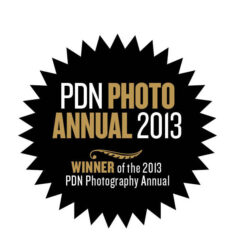The Rolleiflex camera: Love at first sight
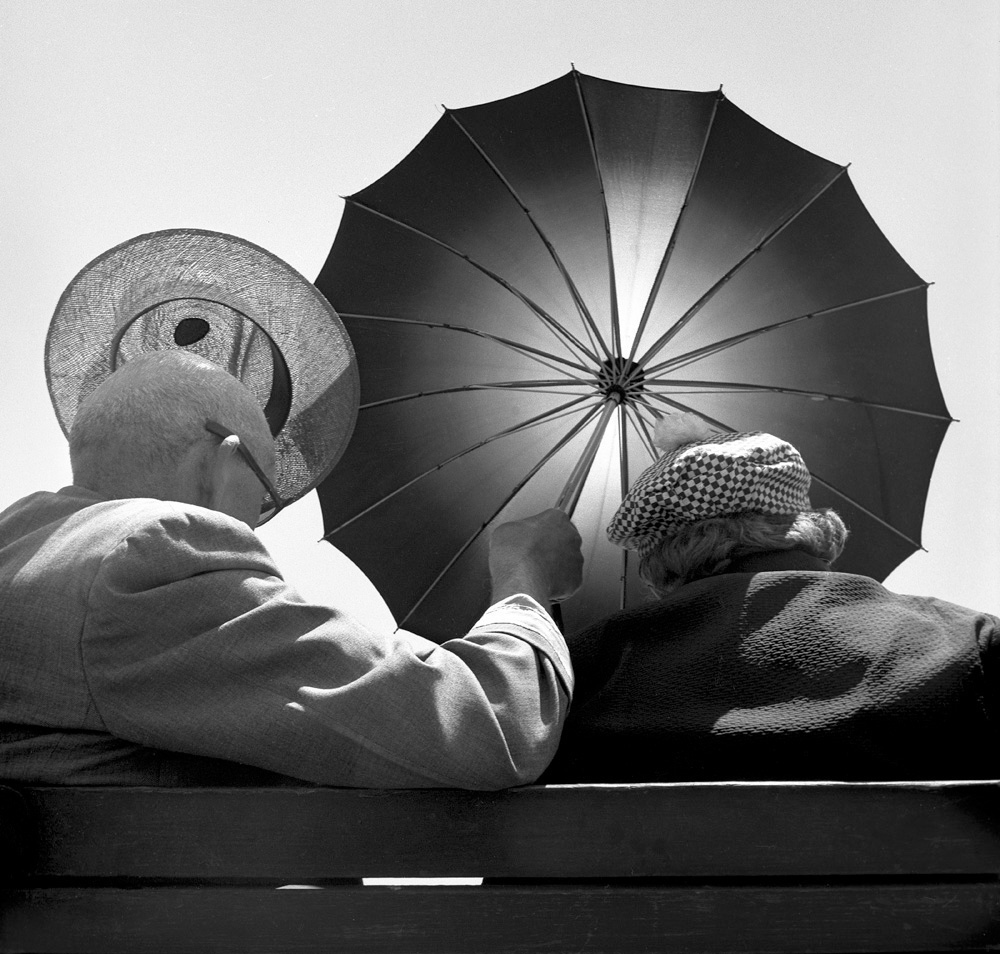
Someone once asked me what my favorite camera was. That’s easy. The Rolleiflex medium format TLR. In fact I would call it the most beautiful camera I’ve ever seen. It was relatively easy to use, light weight, extraordinarily well-constructed, simple and had the best lenses in the business. Everything worked again and again and again. Constant reliability, performance and excellence in a camera. I suppose the only objection some might have to it would be looking down into finder lens. But that never bothered me. As a medium format twin lens reflex with 2 1/4 x 2 1/4 (in) format, there are two lenses — the taking lens and the finder lens. You look down into the finder which is giving you a reverse image mirrored from the taking lens. You do see what you get with the exception of very close range photographs. Visually the square format is elegant and symmetrical, but also offers the option to crop either vertically or horizontally. And, the 2 1/4 film means generally better quality large prints than you can get with 35mm.
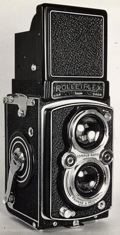
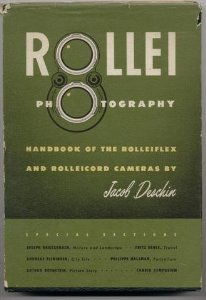
The Rollei was the very first camera I ever used. Initially I borrowed it from our upstairs neighbor in Bensonhurst, who later made me rent it for $5 a day — an extraordinary amount of money for a 15 year old in 1946. But, I did get hooked on it and later was able to save my pennies and purchase my own.
I had the Rolleiflex Automat Model 3 which was produced between 1945-1949 and also known as the K4B2. It was available in two lens. I couldn’t afford the more expensive Zeiss Jena Tessar lens and instead used the Schneider Xenar lens, which I found just as good.
I recently found Jacob Deschin’s book: Rollei Photography: Handbook of the Rolleiflex and Rolleicord Cameras (Camera Craft, 1952) in a box, which prompted these musings. I contributed two essays and a number of photos to it. Here are a few for you.
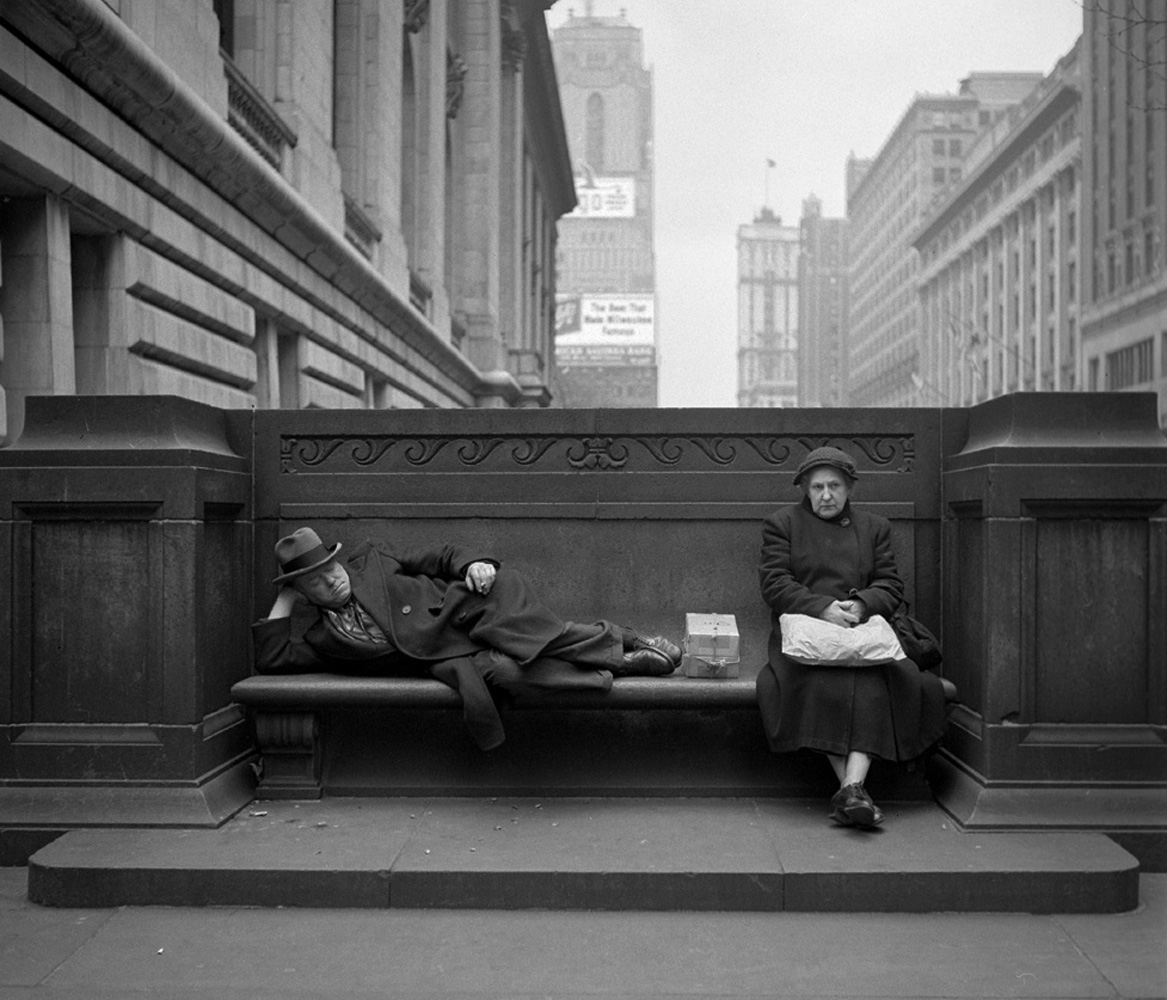
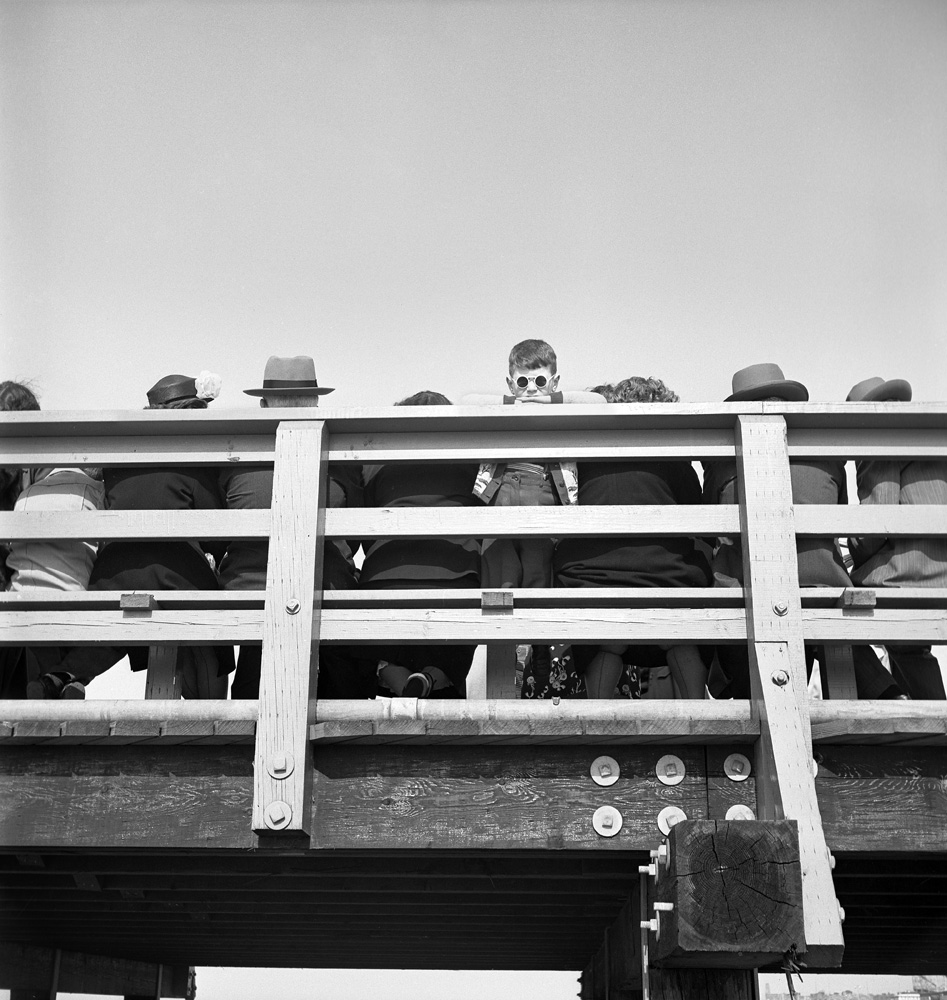

Oh, who does not love stories of first loves, cameras, photography, Coney Island, and other genres, people not excluded. What I loved so much and grew from as a student of yours was the many love stories you told us, and the love stories you keep on telling. The Rolleiflex is one I never heard before. Thank you teacher and uncle.
Bob Salzman
P.S. I imagine myself to be the boy in those sunglasses
Robert: I must admit that I’m still in love and I wake up beside her everyday. Talent is wonderful, but luck is necessary. Hugs for you and Kaethe.
From the mid-sixties until his death in 1975, the camera Dad used most often was an SL66 Rollei 2 1/4. Just last night, I gave a presentation on Dad and his work for the de Saisset Museum at Santa Clara University which is currently hosting an exhibit called “Seeking Answers: Wynn Bullock Photographs”. After the event, I was talking with a member of the audience who wanted to know about the cameras Dad used and I told him that from the mid-sixties until his death in 1975, the camera he used most often was an SL66 Rollei 2 1/4. Reading… Read more »
Barbara: Thanks, as always, for the heart-warming response. Wynn’s work is so moving and vibrant that I felt especially honored when to have the two-man show with him in China a few years ago. What a special treat. And — he was a fellow Rollei user, no surprise! Hope to see you again before too long. Let us know when you’re out our way!
Really like your photos Harold. I’m a Rolleiflex photographer too — check out my stuff on danwagnerphotography.com — I have a lot of Coney Island shots and was there this past Saturday — shot 10 rolls of tri-x which I will develop myself tomorrow.
Thanks to Rolleiflex, i had a photography award this month.
What a wonderful story.
I love the photo with the “kid with sunglasses”.
Those candids outstanding.
I use a Rollei TLR periodically.
Looking at my best photographs, the Rollei scores the highest!
When I began my photography life in early 60’s, a seasoned pro said “Get a medium format.
The Rolleiflex TLR.”
I knew better..
Today I look back and think, i would have had way less negatives stored, not printed,
way smaller collection of prints but I am sure better!”
The Rolleiflex TLR, to my eye is the most beautiful camera.
[…] Harold Feinstein Photographer – The Rolleiflex camera: Love at first sight. […]
I loved your story and the great shots you added, I recently been shooting a Rolleicord, just haven’t the money at the moment to go Rolleiflex. I love the images it produces and it far exceeds my digital Sony a7r, maybe someday digital will be able to produce images as great as the ones taken by a Rollei but that day isn’t here and the Rollei still stands as the king of cameras and I own many, from Leica IIf to 4×5’s. So I have kicked the digital to the curb for now and shoot my Rolleicord in hopes to… Read more »
